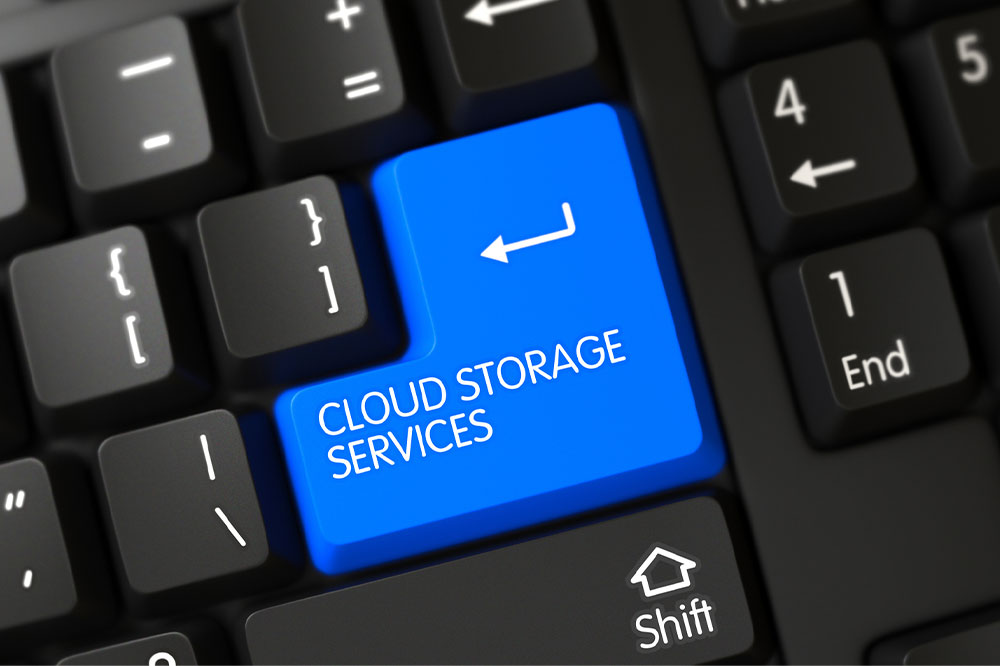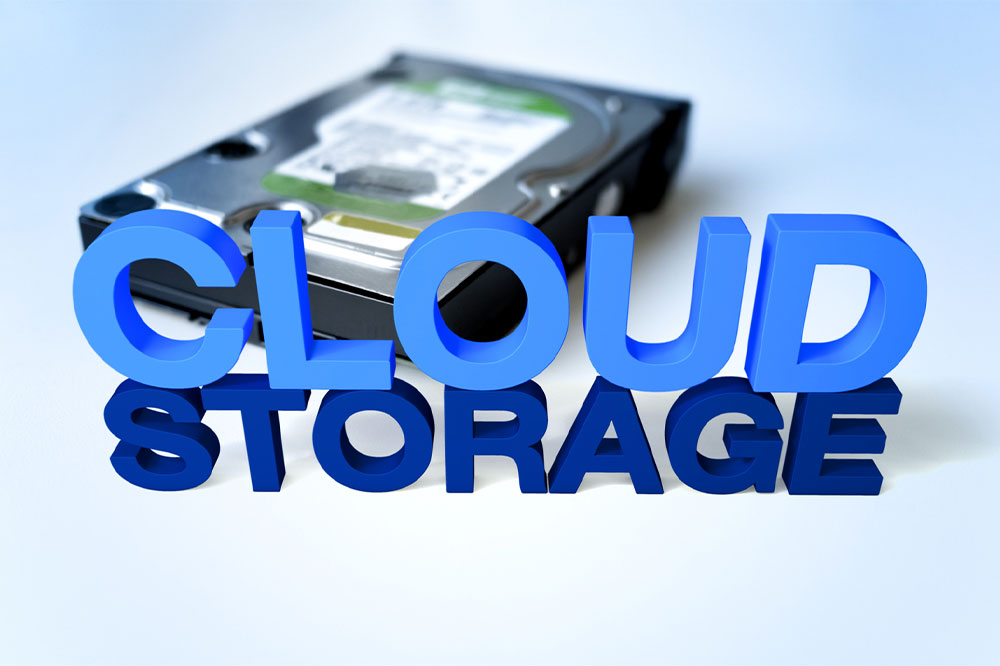Understanding Cloud Storage: Types and Functionality
This article provides a comprehensive overview of cloud storage, including its types, working principles, and benefits. It explains how cloud storage simplifies data management for individuals and businesses, highlighting private, public, and hybrid options. The piece also covers how cloud systems operate via data servers and datacenters, emphasizing the convenience of remote access and data security. Suitable for readers seeking to understand cloud storage's essentials and practical applications, this guide makes the technology accessible and easy to grasp.

Understanding Cloud Storage: Types and Functionality
Despite its name, cloud storage has nothing to do with weather patterns. It is a straightforward way to store digital files on a centralized platform accessible from anywhere. Historically, storing data was challenging—users invested in bigger hard drives or used physical media, often deleting old data to free space. Today, cloud storage eliminates these worries by allowing seamless access to files through the internet, removing the need for physical storage devices.
Cloud storage simplifies data management and access, enabling users to retrieve files remotely from any device. It also allows sharing files with others, transforming individual projects into collaborative efforts. Instead of traditional physical devices, data is stored on remote servers—datacenters—that only require an internet connection for access.
Many users unaware that they already utilize cloud services through apps like Gmail, Facebook, or Instagram. Essentially, cloud computing involves a network of interconnected hardware working together to deliver online services. Using cloud storage significantly reduces the cost and effort of maintaining physical storage infrastructure, providing instant data access globally.
Cloud storage comes in different types based on specific needs:
Categories of Cloud Storage
Private Cloud: Tailored for individual use or a single organization, offering complete control over access and data management.
Public Cloud: Open to authorized users, ideal for collaborative projects and business purposes, with shared resources.
Hybrid Cloud: Combines private and public clouds, allowing sensitive data to stay private while less critical data can be stored publicly.
Operational Principles
Here’s a basic overview of how cloud storage functions:
Physical hardware in the cloud cannot be directly touched; access is managed remotely via internet. Data is stored in datacenters, which host all kinds of digital files and backups.
A cloud system requires at least one data server connected to the internet. Files are uploaded over the internet, stored on the server, and retrieved via web interfaces. Storing data across multiple servers adds redundancy for safety.
Users can upload files or folders from personal devices to a central online server, creating backups to prevent data loss.
For businesses, cloud storage acts as a reliable remote backup solution, helping manage rapidly growing data. Popular cloud backup providers include Backblaze, Carbonite, SugarSync, and Mozy, with choices based on cost, usability, and reputation.
Web applications like Google Docs, Dropbox, Facebook, and Microsoft Office 365 run entirely in the cloud, often free of charge or with a storage fee.
Overall, cloud storage has revolutionized how we store, access, and back up data, offering unmatched convenience and efficiency.










